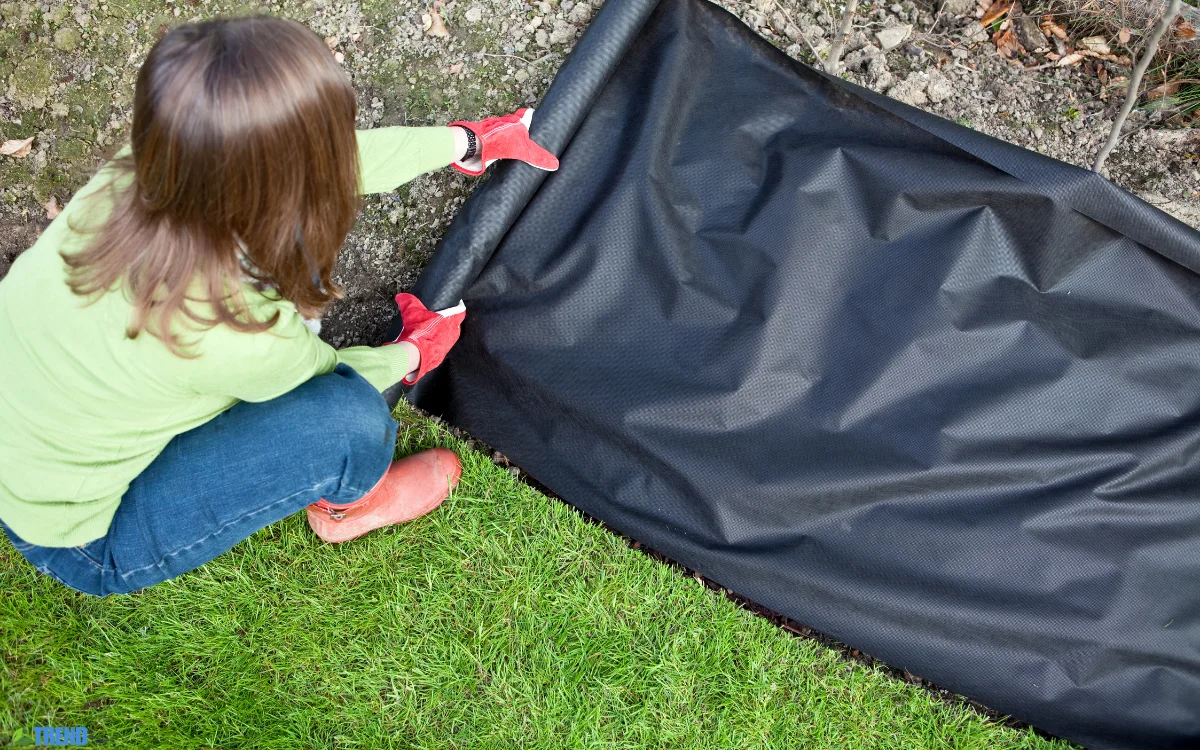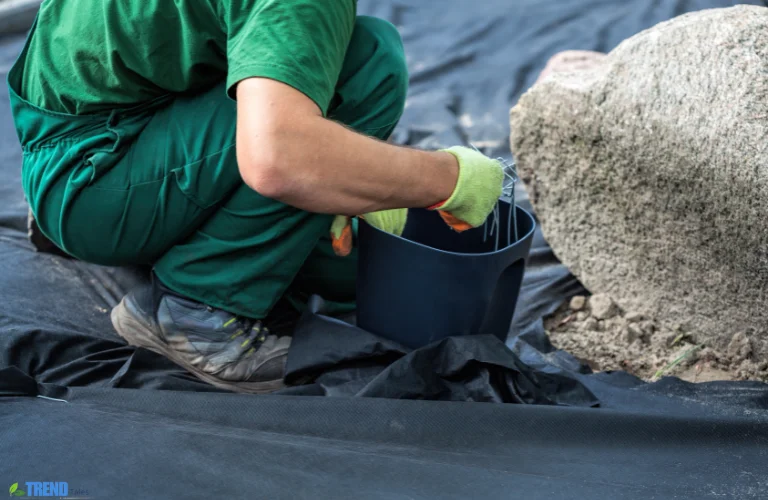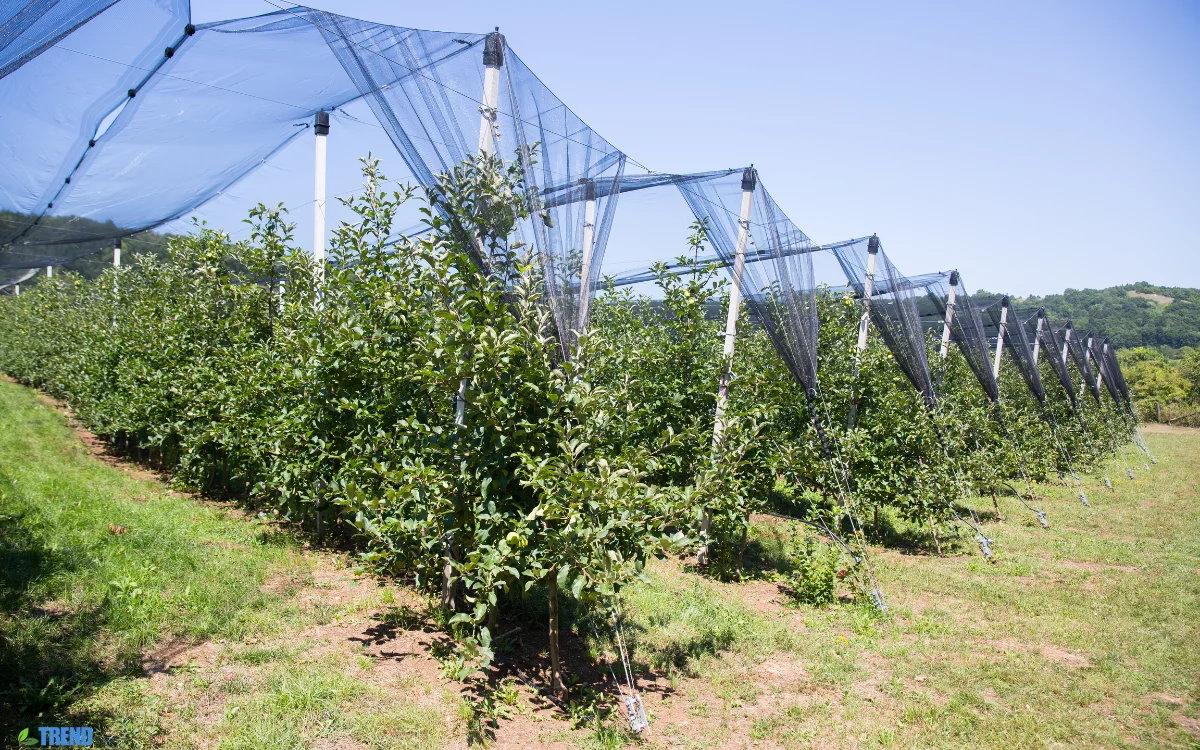Weed Barrier: The Smart Gardener’s Solution to a Healthier Garden
Introduction: Say Goodbye to Garden Weeds
Every gardener dreams of a lush, weed-free garden, but the constant battle against invasive plants can be both tiring and time consuming. A weed barrier offers a practical and long-lasting solution to this problem. Whether you’re managing flower beds, vegetable patches, or pathways, incorporating a barrier helps reduce maintenance and promotes healthier plant growth. In this blog, we’ll explore what a weed barrier is, its benefits, types, installation steps, and much more to help you make an informed decision for your garden.
What Is a Weed Barrier?
A weed barrier is a material layer laid on the soil surface to prevent weed growth while still permitting air, water, and nutrients to pass through to plant roots. Gardeners use it to prevent sunlight from reaching weeds, thus inhibiting germination and growth. It’s commonly used in flower beds, vegetable gardens, under mulch, and around trees and shrubs.
Benefits of Using a Weed Barrier
Minimizes Weed Growth
The main advantage of using a weed barrier is that it prevents weeds from spreading throughout your garden.
By preventing sunlight from reaching weed seeds, it reduces germination and growth significantly.
Reduces Maintenance Time
With fewer weeds to pull and less soil disturbance, your overall maintenance time drops, allowing you to focus on planting, pruning, and enjoying your garden.
Improves Soil Health
A properly installed weed barrier helps maintain soil structure and prevents erosion. It also reduces the need for chemical herbicides, creating a healthier environment for beneficial soil organisms.
Enhances Moisture Retention
Many types of barriers help the soil retain moisture, reducing the frequency of watering. This is especially beneficial in hot or dry climates where conserving water is essential.
Types of Weed Barrier Materials
Landscape Fabric
Made of woven or non-woven polypropylene, this fabric is breathable and durable. It allows air and water to reach the soil but blocks sunlight from penetrating it. It’s ideal for long-term use in flower beds and borders.
Plastic Sheeting
Plastic weed barriers are great for areas where you want complete blockage of light and water. However, they lack breathability and aren’t ideal for gardens with living plants. Plastic works best beneath gravel walkways or synthetic turf.
Cardboard or Newspaper
This is an eco-friendly and budget-conscious option. Layers of cardboard or newspaper can be laid down and covered with mulch. Over time, these materials break down naturally, enhancing the soil and increasing its organic matter.
Burlap
Burlap is biodegradable and provides moderate weed suppression. It’s best used in temporary setups or when planting ground cover that will eventually smother the weeds naturally. It’s also a good choice for sloped areas or erosion control.
How to Install a Weed Barrier (Step-by-Step)
Prepare the Area
Remove existing weeds, debris, and large stones. Rake the soil smooth and level to avoid uneven surfaces under the barrier. Consider lightly watering the soil beforehand to help retain moisture beneath the barrier.
Measure and Cut the Weed Barrier
Measure the area you want to cover and cut the material accordingly. If using fabric, be sure to leave some overlap between the edges to prevent weeds from slipping through the gaps. Cut the material cleanly using a utility knife or sharp garden scissors.
Secure the Edges
Use landscape staples or garden pins to secure the barrier in place. Pay special attention to the corners and edges to prevent wind from lifting the material. Proper anchoring helps keep the barrier effective over time.
Make Planting Holes in the Weed Barrier
Where you intend to plant, make X shaped cuts in the weed barrier.Over time, these materials break down naturally, enhancing the soil and increasing its organic matter.After planting, return the flaps to minimize exposed soil and block weeds from sneaking through.
Add Mulch on Top
For better aesthetics and additional protection, add a 2 to 3 inch layer of mulch over the barrier. This also helps protect it from UV rays and prolongs its lifespan.As they break down, organic mulches like wood chips or straw gradually enhance the structure of the soil.
Best Places to Use a Weed Barrier
-
Flower beds : Keeps the garden neat and weed free.
-
Vegetable gardens : Especially around crops like tomatoes, peppers, or squash.
-
Under gravel or mulch paths : Prevents weeds from growing through hardscapes.
-
Around trees and shrubs : Helps reduce weed competition without harming roots.
-
Greenhouses or raised beds : Keeps unwanted plants from competing with your crops.
Tips for Maintaining Your Weed Barrier
-
Regularly check edges to ensure they’re secure.
-
Consistently cover the weed barrier with mulch to protect it from sunlight exposure.
-
Repair worn or damaged areas as needed.
-
Avoid allowing organic matter to accumulate on top, which can encourage weed growth.
-
Keep an eye on drainage make sure water isn’t pooling in areas beneath the barrier.
Common Mistakes to Avoid
-
Placing plastic beneath living plants restricts proper drainage and airflow.
-
Failing to remove existing weeds before installation
-
Improper overlapping of the weed barrier cloth can lead to gaps. For full coverage, make sure to overlap by at least 6 inches.
-
Skipping anchors like staples or garden pins
-
Leaving fabric exposed to sunlight, which degrades the material over time
Eco-Friendly Options for Weed Control
If sustainability is important to you, consider biodegradable materials such as:
-
Cardboard : Easily sourced and breaks down naturally.
-
Newspaper : Layered and dampened, this can suppress weeds effectively.
-
Burlap : Ideal for short-term use and breaks down into the soil without harming it.
-
Compostable fabrics : New innovations include natural fiber mats made of coconut coir or jute.
Using these options not only helps keep your garden tidy but also contributes positively to the environment.
Conclusion: Invest in a Better Garden with a Weed Barrier
A weed barrier is a smart and effective tool for reducing garden maintenance, promoting healthy plant growth, and improving soil conditions. By selecting the right material and installing it correctly, you can enjoy a cleaner, more productive garden space year-round. Whether you’re managing a vegetable plot, designing a flower bed, or setting up a gravel path, this simple addition can make a big difference. With minimal upkeep, a weed barrier keeps your garden looking beautiful and functioning efficiently.
Frequently Asked Questions (FAQs)
Q1: Can I use a weed barrier under gravel paths?
Yes, it’s ideal for use under gravel or mulch paths to prevent weeds from pushing through.
Q2: How long does a weed barrier last?
Fabric types can last 5 to 10 years, while biodegradable materials like newspaper may last one season.
Q3: Is a weed barrier safe for vegetable gardens?
Yes, but use breathable materials like landscape fabric or cardboard, not plastic, to allow water flow.
Q4: Is mulch still necessary when using a weed barrier?
Yes, mulch helps protect the barrier from UV damage and adds extra weed suppression.
Q5: Will a stop all weeds?
It significantly reduces weeds, but a few may still appear, especially around plant holes or if mulch decomposes into soil.




2 comments